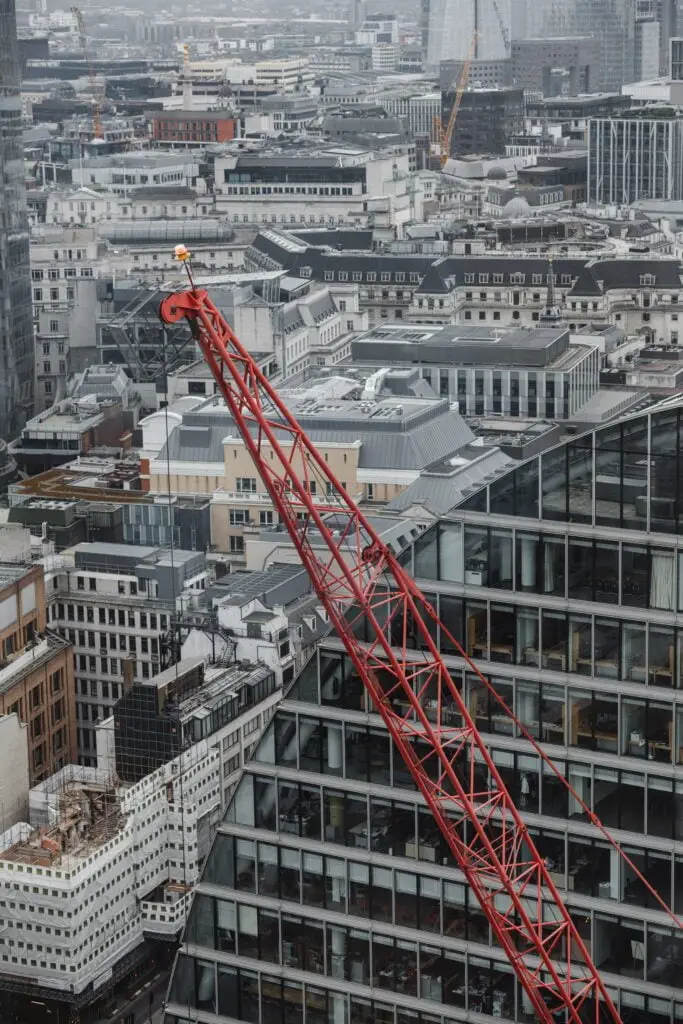The Philippines’ construction industry is an important contributor to the country’s economic growth, producing jobs and supporting the government’s infrastructure initiatives.
Yet, the industry is confronted with issues such as inefficiency, growing costs, and safety concerns.
The good news is that technology is altering the construction sector in the Philippines, allowing it to handle these difficulties while also making major gains in efficiency, safety, and sustainability.
1. Automation
By lowering the reliance on manual labor and increasing efficiency, automation is revolutionizing the construction sector. Companies in the Philippines are embracing automation in a variety of fields, including excavation, masonry, and even painting. Automation shortens building time, improves quality, and boosts safety by reducing the possibility of accidents.
2. Modular Construction
Modular construction entails producing building components at a factory and transporting and assembling them on-site. This method cuts building time and costs while maintaining uniform quality. Modular construction is becoming increasingly common in the Philippines, particularly for low-rise residential buildings.
3. Building Information Modeling (BIM)
Building Information Modeling (BIM) is a digital model that represents the physical and functional attributes of a structure. BIM enables architects, engineers, and contractors to interact and share information in real time, allowing them to more efficiently design, construct, and operate buildings. BIM is becoming more popular in the Philippines, particularly for large-scale infrastructure projects.
4. Augmented Reality (AR)
Augmented Reality (AR) is revolutionizing the construction business by allowing architects and contractors to envision projects in 3D. AR technology allows stakeholders to see how the finished product will look before building begins, making it easier to spot any potential flaws. AR technology is becoming more used in the design phase of construction projects in the Philippines.
5. Drones
Drones are being utilized to monitor and assess construction sites in the construction business. Drones are utilized in the Philippines to build 3D models of construction sites, which can be used to identify future issues and optimize construction operations. Drones are also a safer alternative to human inspectors because they can access hard-to-reach regions.

Conclusion
The construction industry in the Philippines is ripe for transformation through technology. From automation to modular construction and BIM, the use of technology is improving efficiency, reducing costs, and minimizing waste.
By embracing these advancements and continuing to innovate, the construction industry in the Philippines will be better equipped to meet the demands of the future. With technology, the industry can improve safety, sustainability, and ultimately drive economic growth.
To see other material construction prices, please see here.
To know other construction guides, tips, and methodology for beginners, veterans, and contractors, please see here.

